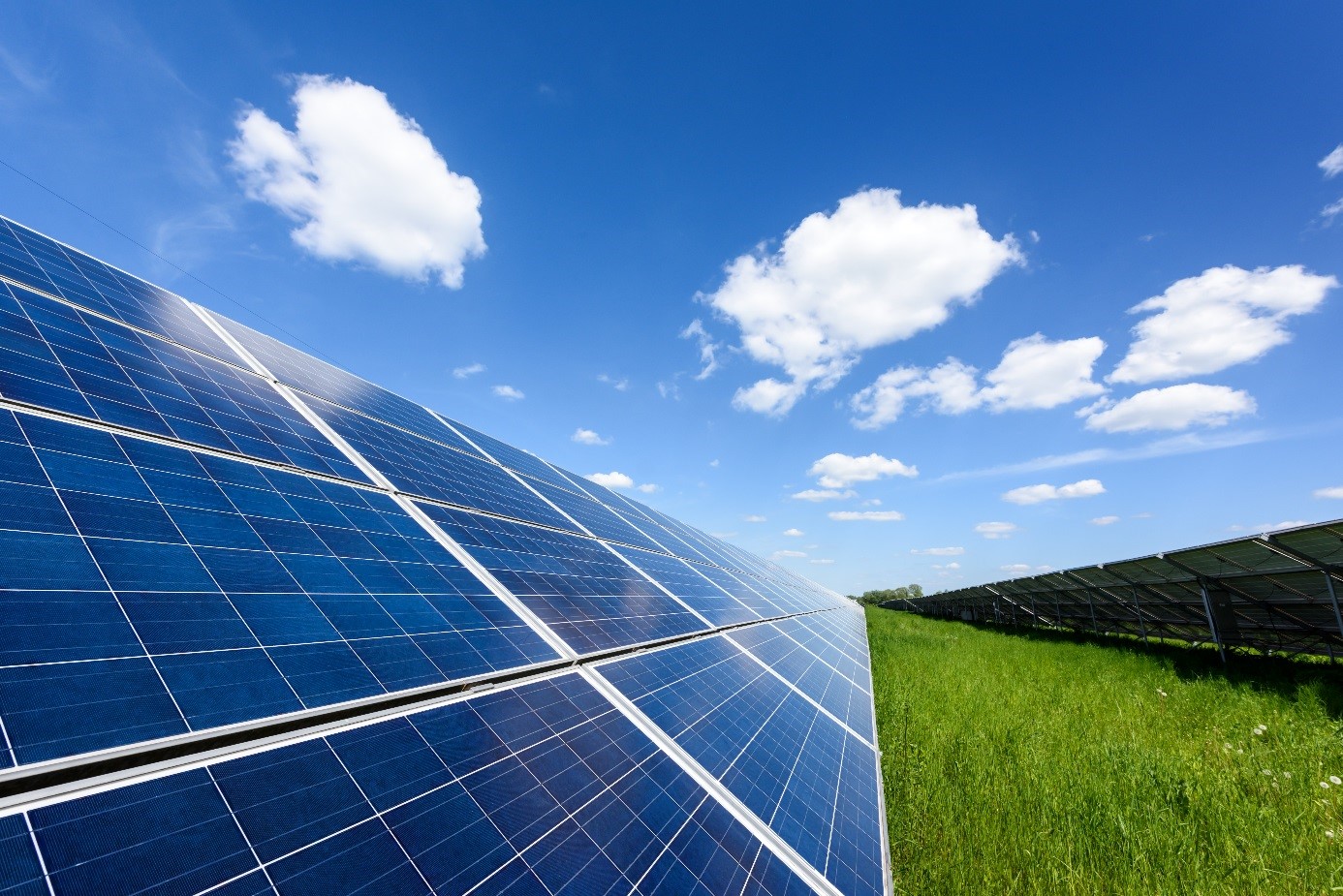Then the DC power is sent to the solar inverter to be converted into AC power that can turn on the household appliances. Solar cells are usually made of semiconductor materials called silicon. Usually one PV panel can generate a DC power of 0.5 to 1 volt. This voltage value is not enough to meet the power demand of the house, so it takes some arrangement of PV panels in series or parallel to get certain voltage and a particular current. The more solar panels you have, the more power you can generate.
Three types of solar panels
- Polycrystalline
Polycrystalline solar cells were introduced around the 1980s. This solar panel is known as multi-crystal silicon (mc-Si) and polysilicon (p-Si). Polycrystalline solar cells are made of melted silicon crystal rods. The inexpensive manufacturing process of polycrystalline also affects the selling price of them. Polycrystalline solar panels have an efficiency rate of around 13% to 16%.
- Monocrystalline
The manufacture of monocrystalline solar panels is quite complicated and requires high production costs, so it has a high price, but monocrystalline has a high level of efficiency than other panel. The efficiency level of the monocrystalline panels can reach 15% to 20%. This type of panel is made of pure silicon crystal. The physical characteristics of monocrystalline solar cells are usually in the octagonal form and have a darker color.
- Thin film
Thin film solar panels are made from various materials such as, silicon, copper, and cadmium. Initially thin film solar panels were to be more efficient than monocrystalline and polycrystalline panels. In fact, the existence of thin film nowadays is no longer available in many countries because of its expensive price and lower efficiency levels than monocrystalline and polycr

